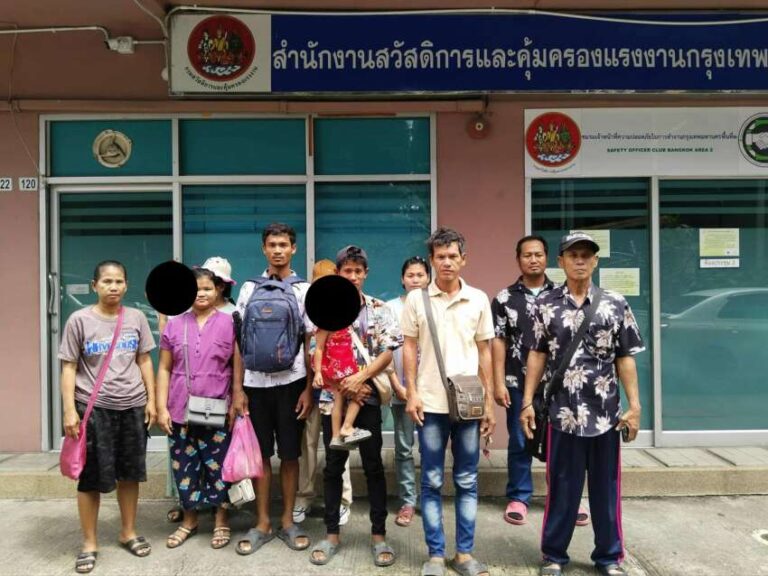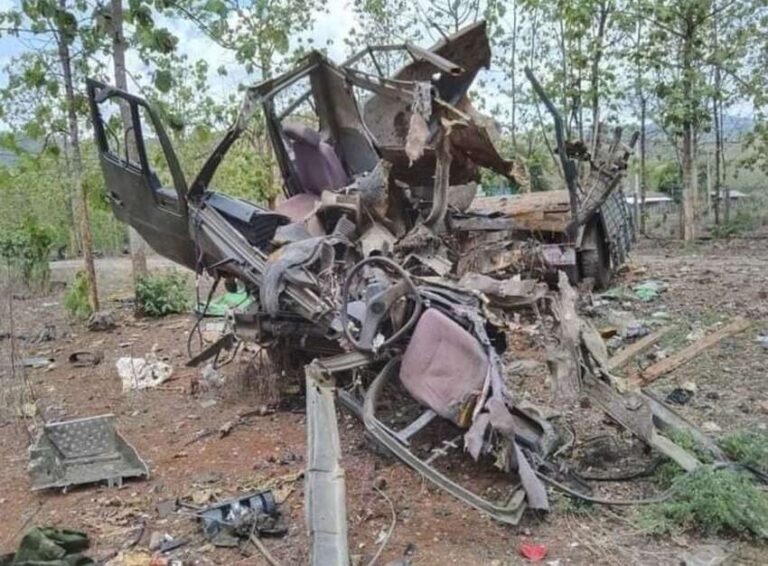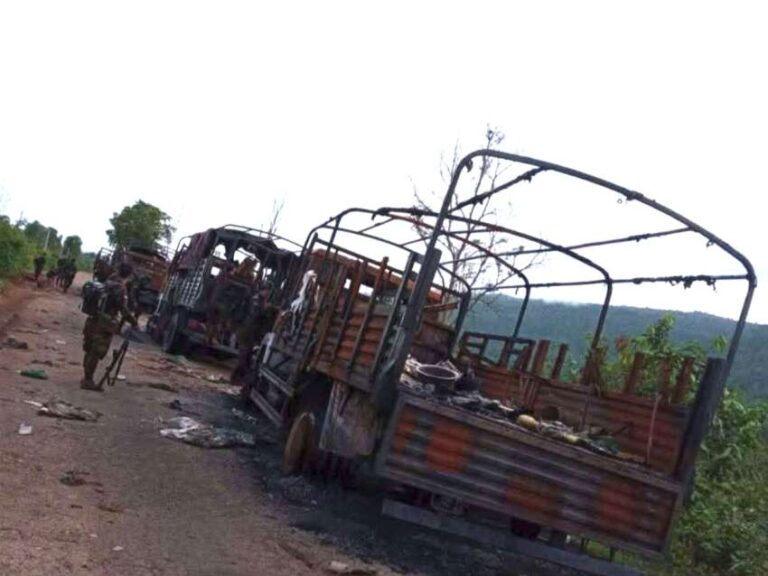
Despite orders from military leader Min Aung Hlaing to crack down on unlicensed cars and motorcycles, military, police and administrative departments continue to use unlicensed vehicles while primarily targeting civilians’ vehicles for seizure. At a military council meeting in Naypyidaw on May 20, Min Aung Hlaing instructed authorities to investigate unlicensed vehicle use, fake license plates and forged registration documents, directing responsible officials to take action against all involved parties. While a nationwide crackdown has been implemented following these orders, local military, police, militia and administrative bodies continue operating their own unlicensed vehicles.
In Taunggyi, the capital of Shan State, while authorities are seizing civilians’ unlicensed vehicles, military intelligence, police, Pa-O National Organization militia and administrative departments continue using unlicensed cars and motorcycles. They are even conducting inspections and collecting fees from electric bicycles and regular bicycles. Similarly in Hpa-an, Karen State, authorities began seizing unlicensed vehicles from May 22, but Pyu Saw Htee militia members, military officers and police officers under the military council continue using unlicensed vehicles freely.
Department officials explain that unlicensed vehicles are permitted with departmental emblems due to damaged official vehicles and to save on maintenance costs. While these vehicles are not registered with the Road Transport Administration Department, they are authorized for use with departmental insignia. In Karen State, Border Guard Force units are also allowed to use unlicensed vehicles without interference from military or police, with BGF-branded unlicensed vehicles openly operating even in Hpa-an city.
In Yangon, Naypyidaw and Mandalay, departmental unlicensed vehicles have been ordered off the roads during the crackdown period and temporarily impounded, to be returned for use after the operation ends. In Magway, nearly all police officers use unlicensed vehicles while only targeting civilians’ vehicles for seizure. The import channels for unlicensed vehicles into Myanmar involve military, police, administrative and traffic police personnel, with local military commanders particularly involved in importing vehicles under the pretext of troop welfare funds and benefits programs.



